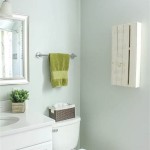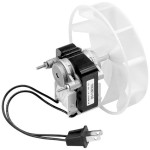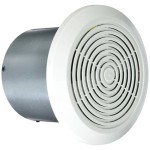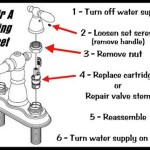Tile Bathroom Floor How To
Tiling a bathroom floor is a great way to update the look of your bathroom and make it more waterproof. It's a relatively easy project that can be completed in a weekend, even if you're a beginner. Here's a step-by-step guide on how to tile a bathroom floor:
1. Prepare the floor
The first step is to prepare the floor for tiling. This involves removing any existing flooring, such as carpet or linoleum. Once the floor is bare, you need to level it. This can be done using a self-leveling compound, which is a liquid that you pour onto the floor and then smooth out. Once the self-leveling compound has dried, you're ready to start tiling.
2. Choose your tiles
The next step is to choose your tiles. There are many different types of tiles available, so you'll need to decide what style and color you want. You'll also need to decide how large you want your tiles to be. Once you've chosen your tiles, you can purchase them and bring them home.
3. Lay out the tiles
Before you start tiling, you need to lay out the tiles to make sure they fit properly. This will help you avoid any mistakes when you're actually tiling the floor. To lay out the tiles, start by finding the center of the floor. Then, place a tile in the center and work your way out from there. Be sure to leave a small gap between each tile, which is called a grout joint. The grout joint will help to keep the tiles in place and prevent them from cracking.
4. Apply the thinset
Once you've laid out the tiles, you need to apply the thinset. Thinset is a type of adhesive that is used to hold the tiles in place. To apply the thinset, use a notched trowel. A notched trowel is a tool that has small notches in it. The notches help to spread the thinset evenly and ensure that the tiles are level.
5. Set the tiles
Once you've applied the thinset, you can start setting the tiles. To set a tile, simply press it into place. Be sure to press the tile firmly so that it is level with the other tiles. Once you've set all of the tiles, you need to let the thinset dry. This can take several hours or even overnight.
6. Grout the tiles
Once the thinset has dried, you can grout the tiles. Grout is a type of material that is used to fill in the gaps between the tiles. To grout the tiles, use a grout float. A grout float is a tool that has a rubber blade. The rubber blade helps to spread the grout evenly and ensure that it is packed into the grout joints.
7. Seal the tiles
Once the grout has dried, you need to seal the tiles. This will help to protect the tiles from moisture and stains. To seal the tiles, use a tile sealer. A tile sealer is a type of liquid that is applied to the tiles. The tile sealer will penetrate the tiles and create a protective barrier.
8. Enjoy your new tiled bathroom floor
Once the tile sealer has dried, you can enjoy your new tiled bathroom floor. Tiled floors are durable, waterproof, and easy to clean. They're also a great way to add style to your bathroom.

How To Tile Floors Walls Sincerely Sara D Home Decor Diy Projects

Why Bathroom Floors Need To Move

How To Lay Bathroom Tile 5 Easy Steps Rubi Blog Usa

Laying Floor Tiles In A Small Bathroom Houseful Of Handmade

How To Paint Your Bathroom Floor Tile Young House Love

Bathroom Floor Tiles Hexagon More The Tile

Floor Tile Options For A Stylish Bathroom

Bathroom Floor Tiles Hexagon More The Tile

Plank Tile Bathroom Flooring Happihomemade Family Friendly Recipes

Bathroom Floor Tiles Hexagon More The Tile







